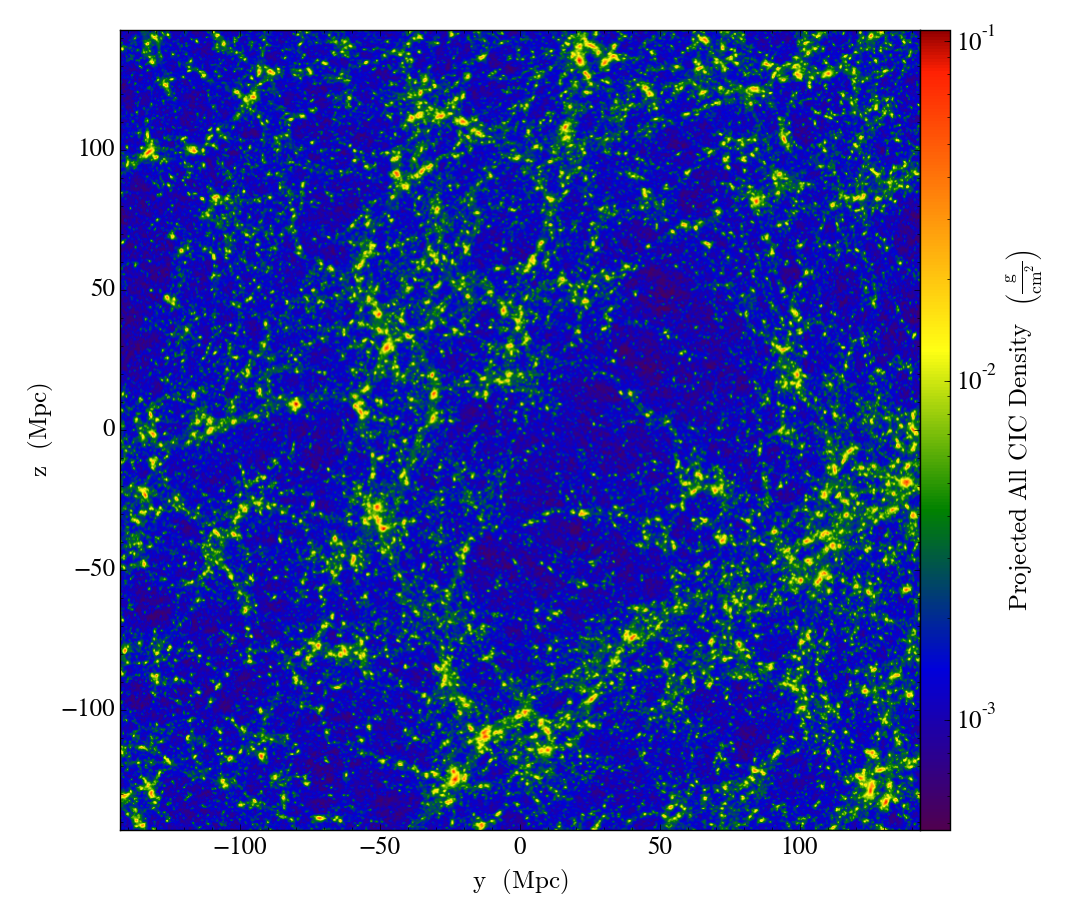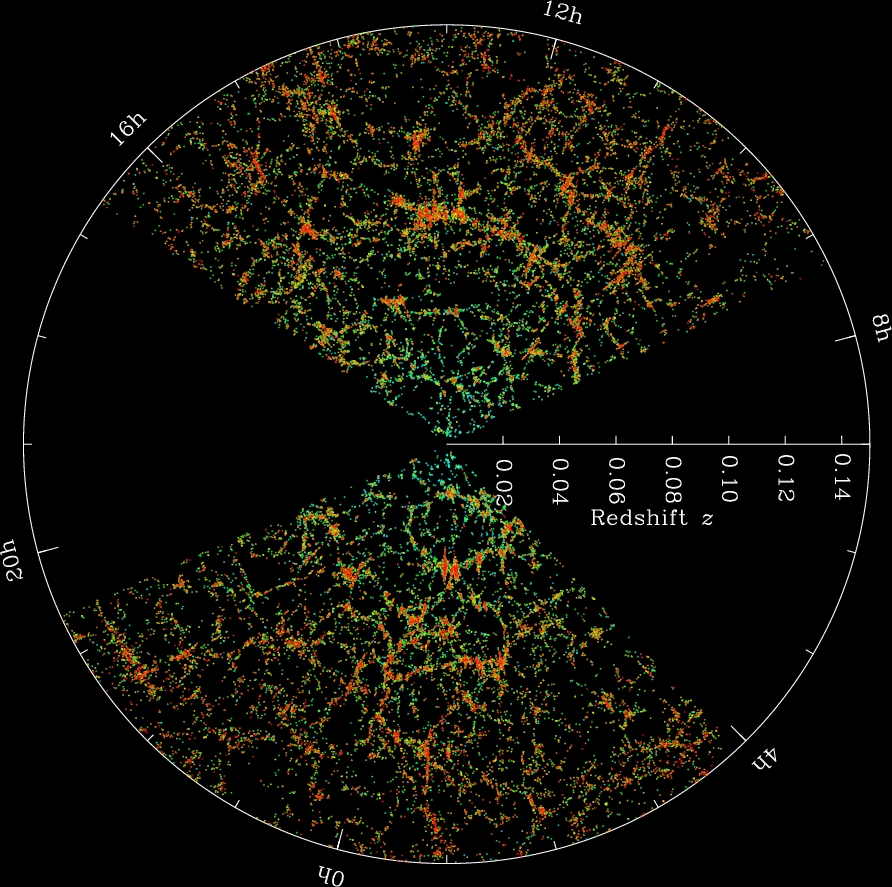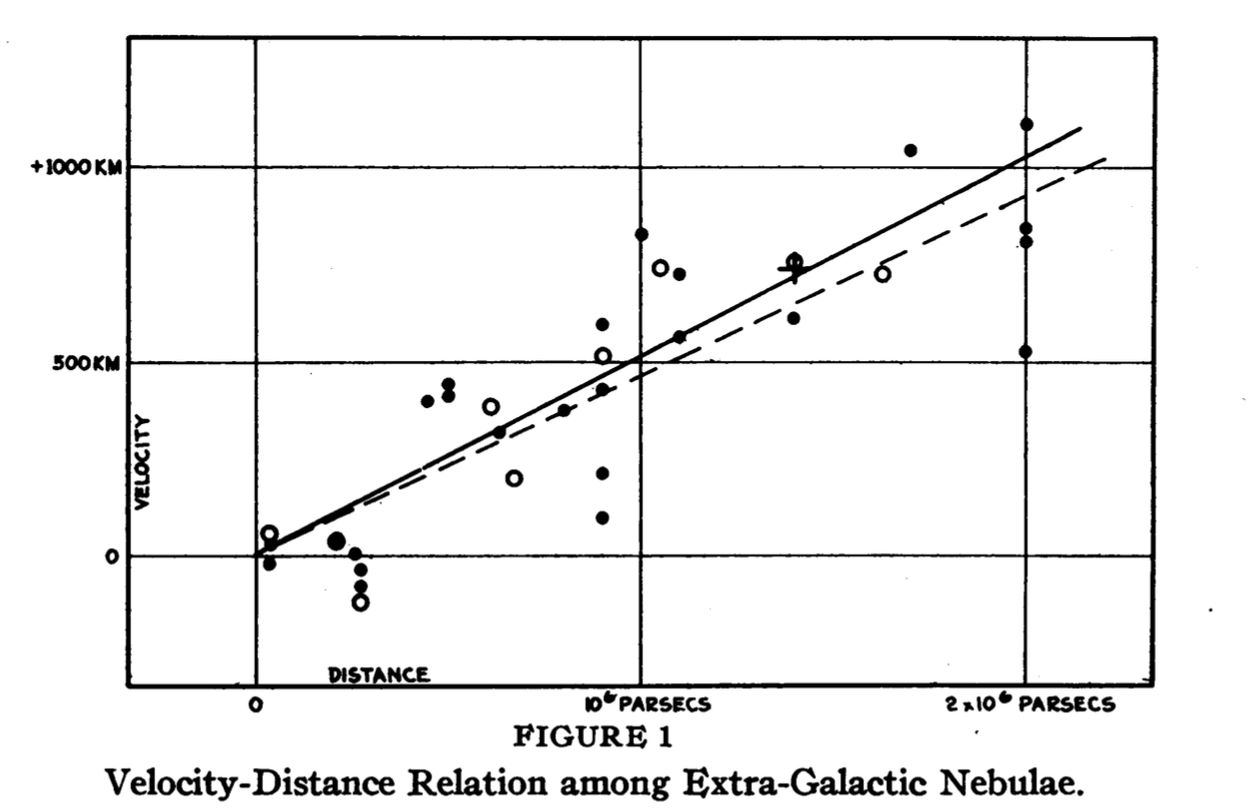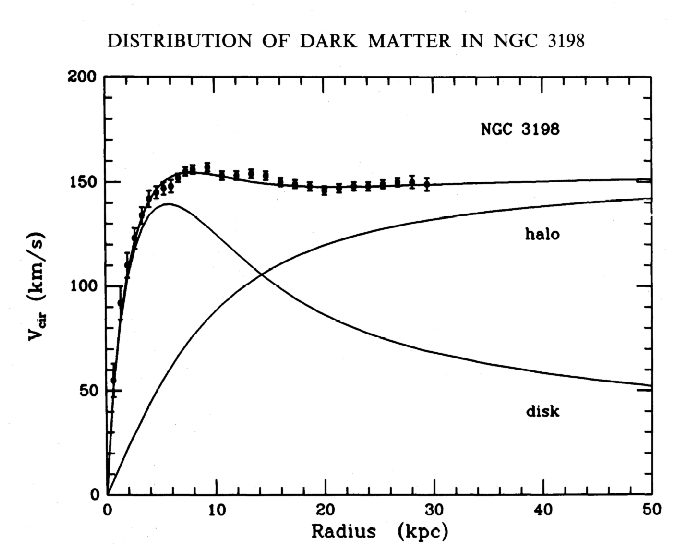The promise of Open Data has drawn most major US cities to implement some sort of program making city data available online and easily accessible to the general public. Citizen hackers, activists, news media, researchers, and more have all made use of the data in novel ways. However, these uses have largely been more information-based than action-based, and there remains work to be done in using Open Data to drive decisions in government and policy-making at all levels, from local to federal. Below I present some of the challenges and and opportunities available in making use of Open Data in more meaningful ways.
Challenges
Standardization and Organization
Open Data is dirty data. There is no set standard between different cities for how data should be formatted, and even similar datasets within a city are often not interoperable. Departments at all levels of government often act independently in publishing their data, so even if most datasets are available from the same repository (e.g. Socrata), their organization and quality can differ significantly. Without a cohesive set of standards between cities, it is difficult to adopt applications built for one city to others.
Automation
The way data is uploaded and made accessible must be improved. Datasets are often frozen and uploaded in bulk, so that when someone downloads a dataset, they download it for a particular period in time, and if they want newer data, they must either wait until it is released or find the bulk download for the newer data. This involves more human effort both in the process of uploading the data and in downloading and processing that data. Instead, new data should be made immediately accessible as a stream with old data going back as far in time as it is available. This allows someone to access exactly as much data as they need without the hassle of combing through multiple datasets, and it removes the curators need to constantly compile and update newer datasets.
Accessibility
Compared to the amount of data that the government stores, very little of it is digital and very little of what is digital is publicly available. The filing cabinet should not be a part of the government storage media. Making all data digital from the start makes it simpler to analyze and release. Finally, much of the data the government releases is in awkward formats such as XLSX and PDF that are not easily machine-readable. If the data is not readily available and easily accessible, it in effect does not exist.
Transparency
Most of the publicly accessible records that the government has are not readily available unless FOILed. The transparency argument of Open Data could be taken to a completely new level of depth and thoroughness if information at all levels of government was made readily available digitally as immediately as it was generated. Law enforcement records, public meetings, political records, judicial records, finance records, and any other operation of government that can be publicly audited by its people should be digitally available to the public from the moment it is entered into a government system.
Private Sector Data
Companies such as Uber and Airbnb have come to collect immense amounts of data on transportation and real estate that have historically fallen under regulated jurisdiction. Decisions should be reached with private companies to allow governments to access as much data as is necessary to ensure proper regulation of these utilities. This data should in turn be added to the public record along with official government data on these utilities.
Opportunities
Analytic Technologies
Policy-making should be actively informed by the nature of a constituency. Data-driven decision making is much hyped, but making it a reality requires software that easily and quickly gives decision-makers the information they need. From the city to the federal level, governments should have dashboards that summarize information on all aspects of citizens’ lives. These dashboards can contain information about traffic, pollution, crime, utilities, health, finance, education, and more. Lots of this data already exists within governments, and surely there exist some dashboards that analyze and visualize these properties individually, but to combine all available data on the population of a city can give significantly more insight into a decision than any one of these datasets alone.
Predictive Technologies
Governments have data going far back into history. Cities like New York have logged every service request for years, and that data is readily available digitally. Using the right statistical analysis on periodic data like heating requests, cities can start to predict which buildings might be at risk for heating violations in the winter, and can address such issues before they happen. The same can be applied to pot holes, graffiti, pollution issues and essentially any city-wide phenomena that might occur regularly. More precise preventative measures can be taken with more confidence, and eventually, the 311 call itself can be ruled out entirely.
Future Outlook
These ideas have the potential to radically change the way we engage with our cities and our politics. We can make decisions based unambiguously on what is happening in the world, and we can refine those decisions based on measured changes in the world over time. A population can know exactly if its citizens are getting healthier, safer, and smarter, and how to aid in these pursuits. Areas of governance that need more attention and potential approaches will become increasingly obvious as more information is combined and analyzed in meaningful ways. Decisions and their outcomes can be made with more confidence based on a more rigorous process. By making the most of Open Data, we can go beyond interesting information and begin to drive political action that directly benefits our cities, states, and nation.
A Note on Privacy
All of the ideas presented above have serious implications for the privacy of individuals and populations. These ideas have only considered the best-case uses of data in our society. Whether a government is analyzing granular data or data on a population in bulk, care must be taken to respect the privacy of its citizens. There is ongoing dialogue about how to balance data collection and privacy, and it is essential that governments and citizens take part in this dialogue as new technologies are developed and our societies become more data-driven.





